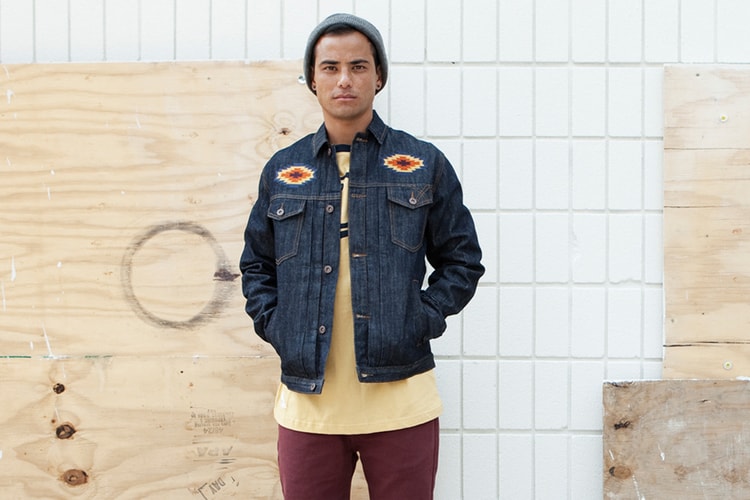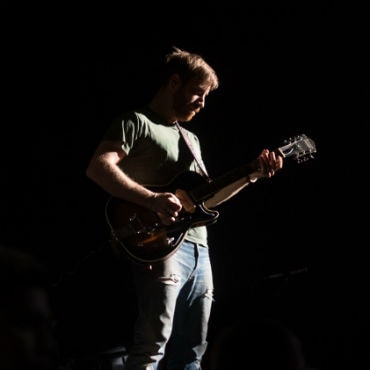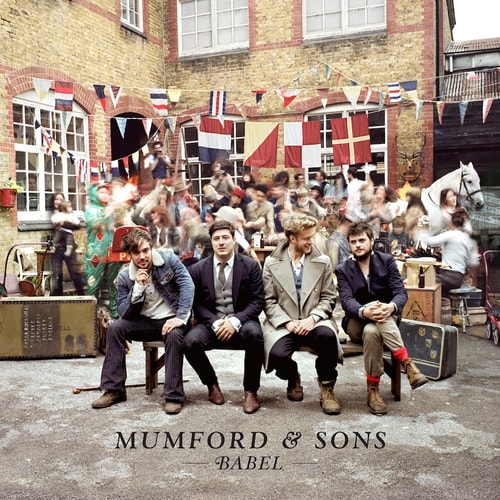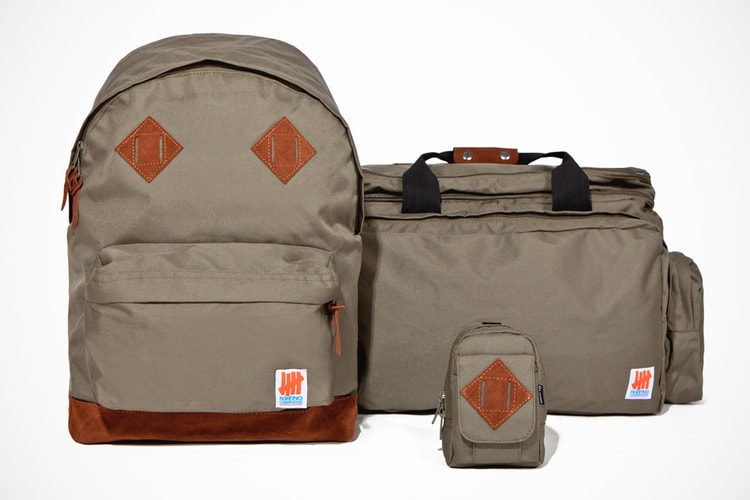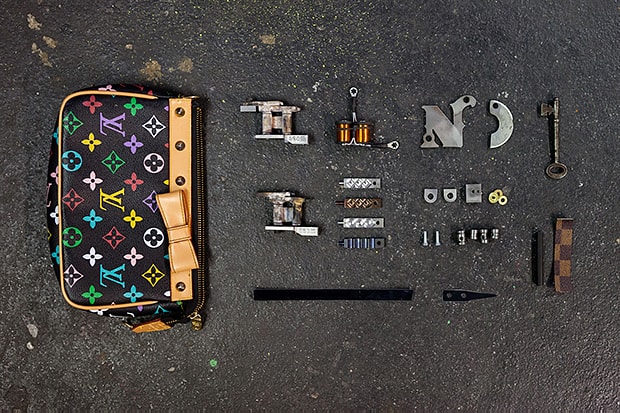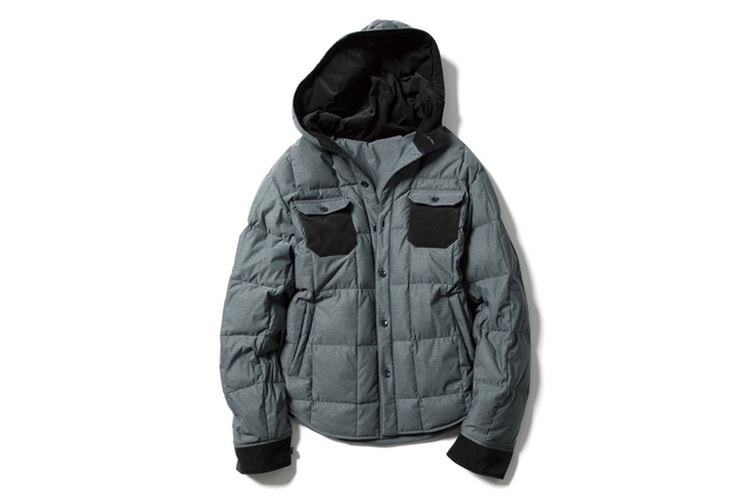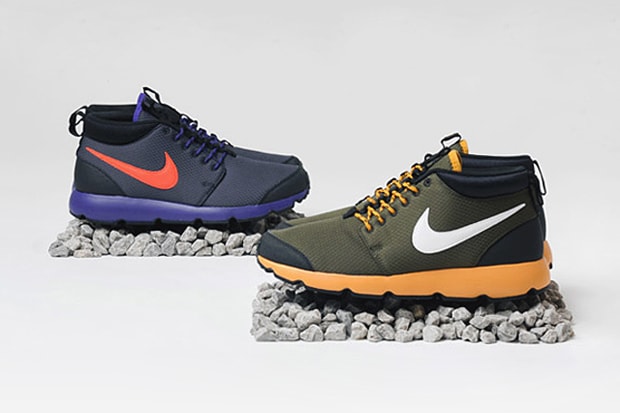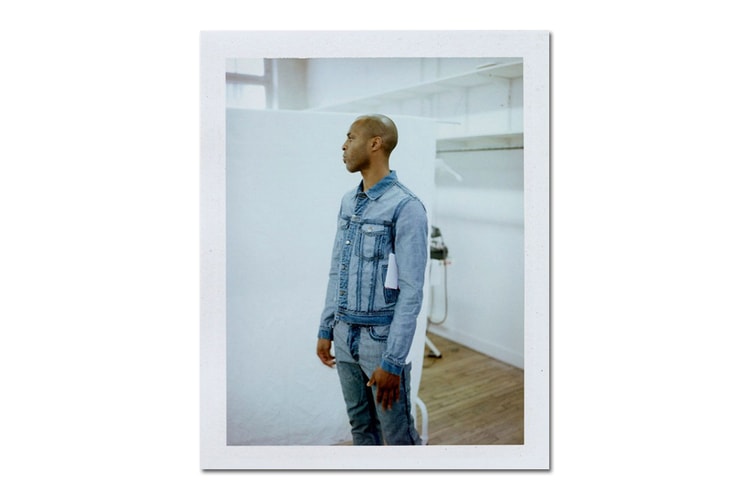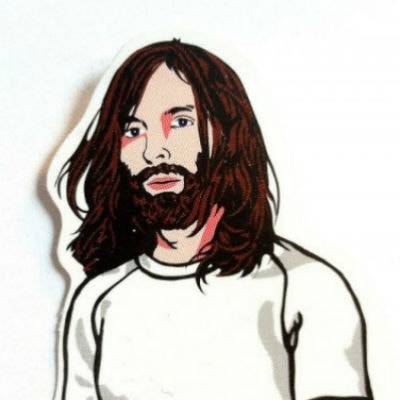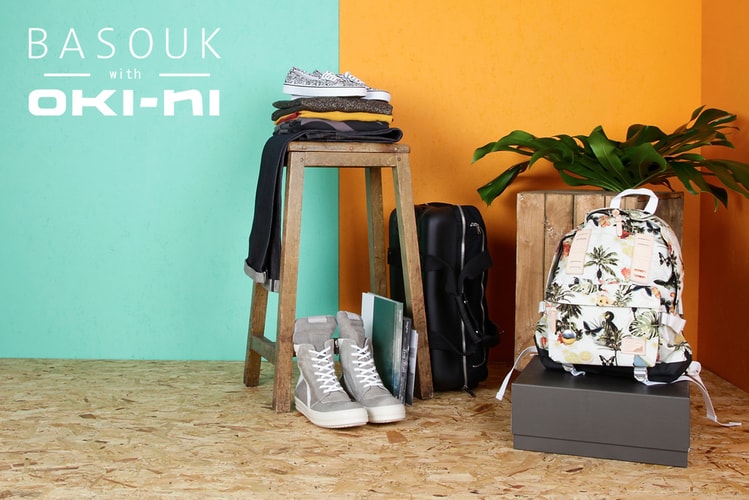Kentaro Kobuke of IGIRIS Talks About His Under Armour Charge RC Project
After showing you the IGIRIS x Under Armour Charge RC a few weeks ago we had a chance to sit down




After showing you the IGIRIS x Under Armour Charge RC a few weeks ago we had a chance to sit down with the designers responsible for the fantastic looking shoes. Tapped by Under Armour to create a special version of their latest Charge RC shoe, the artist collective designed two very special colorways derived from classic Japanese folk tales centering around the shark and the hare. Here Kentaro Kobuke discusses his inspirations, how he came to work with Under Armor and how he sees his work progressing. Catch the full interview below.
Can you introduce yourself and what you do?
I do creative work under the name IGIRIS. IGIRIS started out in 2010, together it comprises graphic designer Tsuyoshi Ozaki.
What is the premise behind IGIRIS?
“IGIRISU” is Japanese for “UK,” and the name IGIRIS is a play on that. It started when a group of friends from Tokyo gathered together in London and together formed an artist collective so I decided to use the name IGIRIS.
What are your inspirations?
Participating in events all over the world, meeting and working with new people, and creating new pieces inspire me.
How did you end up working with Under Armour?
The footwear design team at Under Armour came across some of my work. They reached out and asked if I would be interested in working on a creative project with the loose narrative of rebuilding and rebirth surrounding the recent Olympic Games in London.
What were your inspirations for the project?
I was inspired by the Japanese book Kojiki, a book of Japanese myths and stories that are over 2,000 years old. Under Armour felt a strong connection between rebirth and the Olympic Games which would serve as the inspiration. The London Games were the greenest in history, and part of the story involved the reuse of demolished buildings from the last London games. I saw rebirth as a common theme in the fables and fantasies of Japanese culture, specifically The Hare of Inaba.
How is the story translated towards a global audience?
There are so many stories and fairy tales from around the world, yet they all have some similarities. For example, mythological creatures appear in everyone’s stories – unicorns in the East, dragons in the West. In this collaboration I was particularly inspired by a story in the Kojiki called, “The Hare of Inaba,” so I incorporated it into my work. In the story, the hare tricks sharks into lining up across the sea so he can use them as a bridge to cross from one island to another, however, while he is crossing, the sharks realize they have been tricked and punish him by ripping off his fur. After going through his punishment, the White Hare is transformed through his endurance and goodness to become renewed.
How did you want to apply the story to the footwear?
The art featured on the shoes, inspired by the story, is about idealism. Although a shoe is small space to display art, it was important to feature the design as prominently as possible on the shoes themselves. The Charge RC is a technologically advanced athletic shoe and it was rebuilt with the same innovations but also new sensibilities from Japanese culture. The slip-on aesthetic is a nod to the traditional Ikitabi, slip-on shoes from ancient Japan. By reconstructing the Charge RC’s closure to pay tribute to that style, and by adding the banding as opposed to traditional laces, it changed the shoe’s whole aesthetic, but kept its performance. Each colorway of the limited edition (of 100) shoe also comes with a T-Shirt that features the art that was created. Each colorway of the shoe represents the story’s two central figures, the white hare and the blue sharks, which is where the color stories were derived.
What’s the goal of the shoe itself? Is it a product on its own or one to continue the telling of the story?
It’s for the audience to decide. The meaning depends on the person looking at the design. My goal was to intrigue the imagination of anyone who sees the shoes. Under Armour did not want to limit the possibilities of the shoe, so there were no specific plans to limit costs on how things were created. They wanted creativity in its purest form, and would worry about what to do with the shoe after it was created.
Can you talk a bit about the boxes and how it factors into the whole project?
We wanted a cool way to showcase the shoes, so in keeping with that theme of rebirth, we commissioned a woodworker out of Portland who hand-made 20 boxes using the lumber harvested from a demolished high school gymnasium. It was a perfect way to elevate the story even further. The design and print on both the wooden and the specially-created white shoe boxes, which 80 of the shoes will come in, is taken from the mythological inspirations throughout the rest of Kojiki. We wanted to create a sort of fantasy gateway into the product. The box serves as the doorway to the story and we felt it was a great place to add art that leads into the world of Kojiki.
How do you feel about the fact it’s not for sale and a relatively small amount of people can see your work?
I am honored to be the first artist that has collaborated with Under Armour. Although there are only 100 pairs and they are not for sale, it was an opportunity to create art without the need to think about commerce. Here, athletic footwear is serving as the canvas, or the medium through which we’re telling a story. The intention wasn’t to create exclusivity by selling a limited edition shoe, but to use the shoe to introduce the interpretation of this story to new audiences.
What are your thoughts on the intersection of lifestyle (art) and performance (such as performance footwear)?
I believe that art and lifestyle can always intersect. Living in Tokyo, life and art are always side-by-side. It’s wonderful.
Thanks a lot for your time.



